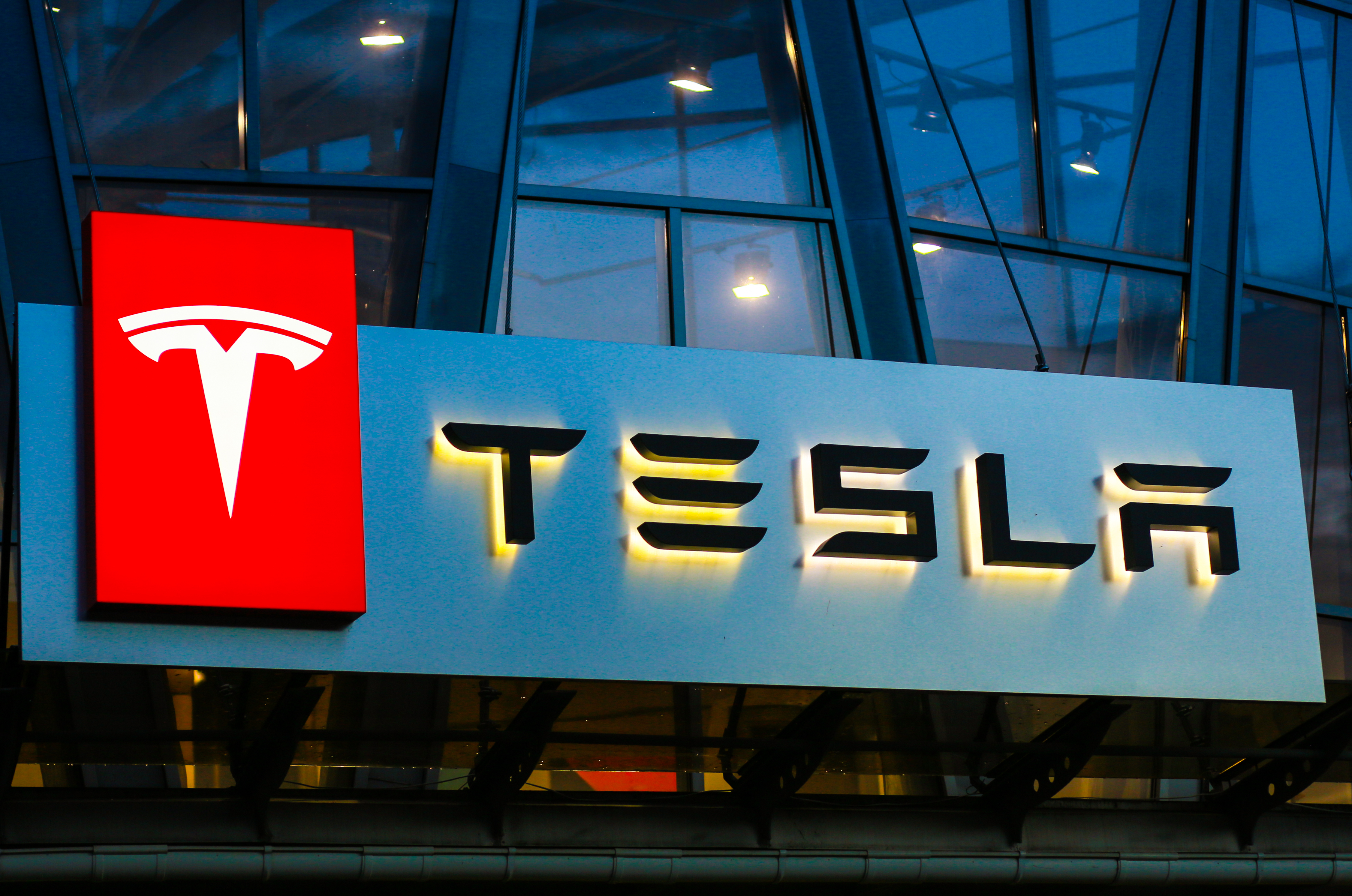Tesla Reported Third Quarter Results – Here is How the Company Did
Ticker Symbol: TSLA
Tesla, the electric vehicle giant led by the always controversial Elon Musk, announced its third quarter results that were behind most analysts’ forecasts for the top-line. Shares were down over 4% in the noon trading session as indications emerge that demand may be softening going into year-end. The company said it would come up short of its 50% average annual growth rate target for vehicle deliveries. The company continues to blame slow deliveries and trouble getting its cars from plants to customers as the main reasons for the miss.
Adjusted earnings per share came in at $1.05, ahead of the average analyst estimate of $1.01 per share. Revenue missed forecasts of $22.1 billion but climbed 56% year over year to $21.45 billion. Free cash flow came in slightly above forecasts of $2.9 billion at $3.3 billion. Furthermore, the closely followed automotive gross margin figure of 27.9% was below last year’s 30.5% and behind the 28.4% expected. Chief Financial Officer Zachary Kirkhorn said costs associated with ramping up new production were responsible for the lower margins.
Salesman-Chief Executive Officer Musk said during the earnings call that he sees Tesla becoming bigger than the combined valuation of oil giant Saudi Aramco and Apple, two of the largest market capitalization firms in the world, one day. Both companies have a combined market value of over $4 trillion. The company’s faltering demand and revenue guidance, however, means that Tesla will have to have an astounding 2023 to meet some of the targets that investors have set for the car maker.
The CEO also said that China may already be in a recessionary economic environment due to the slump in the country’s property market. The less than expected results combined with the cautious stance on Tesla’s most important geographic market caused many sell-side analysts to lower their price targets on the company. Tesla’s sky-high market valuation is built on the assumption that the company will be able to maintain its 50%-unit growth target for the foreseeable future. The company trades at a valuation of 48 times forward earnings, relative to the technology sector’s 22 times multiple.
Investors will now turn their attention towards how the company manages its two new plants in Austin Texas, and Berlin, Germany. Additionally, the production on the Model Y with legacy 2170 cells could remain challenging in the foreseeable future. While the company has managed supply chain troubles well so far, especially relatively to their bigger auto manufacturing rivals, its ability to drive down costs and manage gross margins could also be pivotal. Tesla will also face fierce competition in the pickup category against traditional car manufacturers such as Ford and GM, as well as new entrant Rivian in the following year.
This content is provided for general information purposes only and is not to be taken as investment advice nor as a recommendation for any security, investment strategy or investment account.

